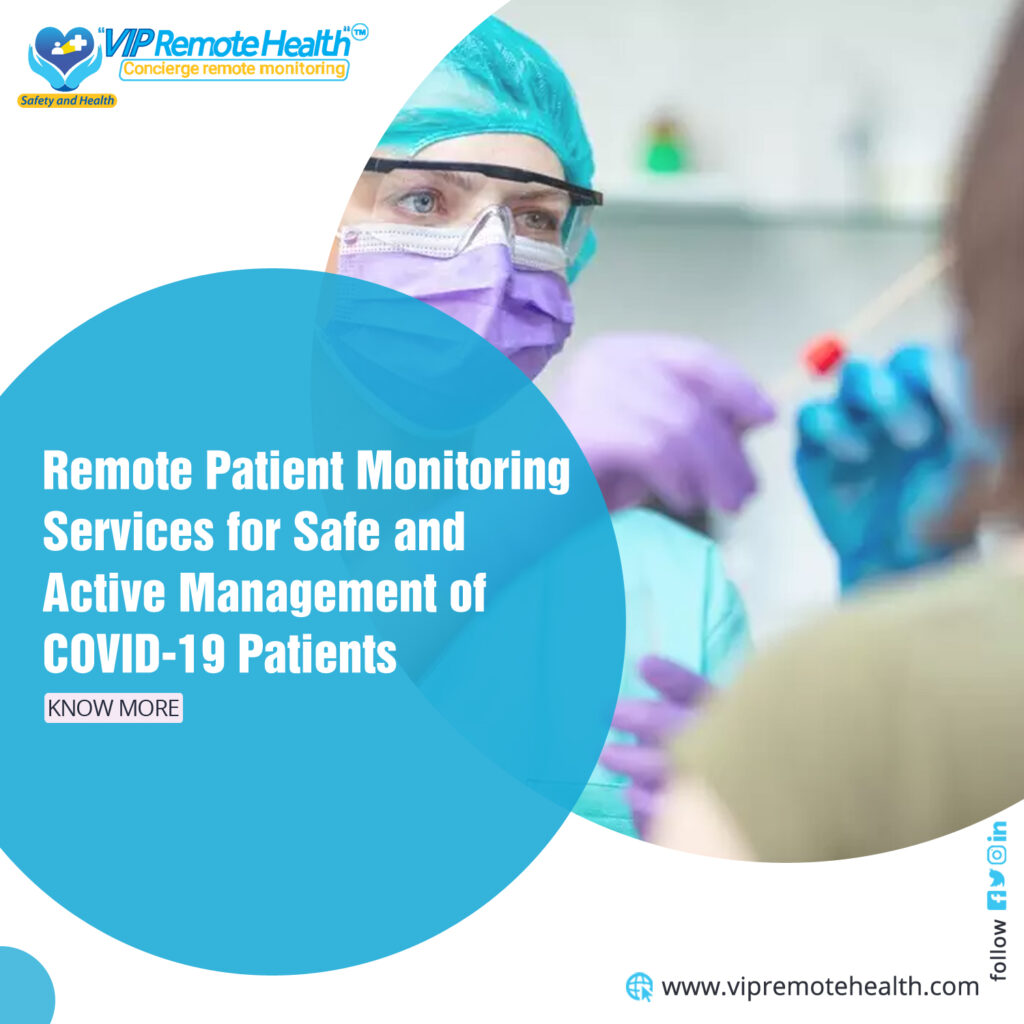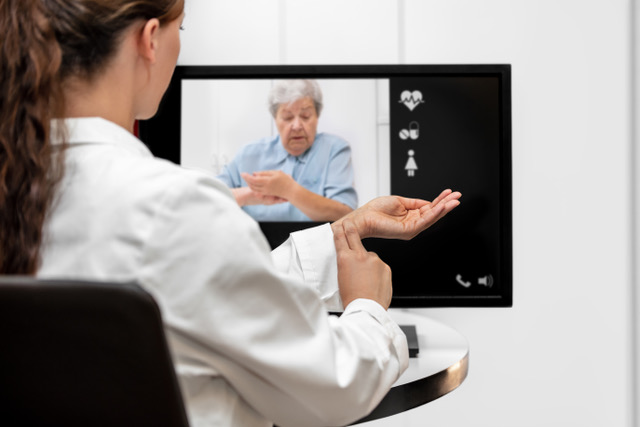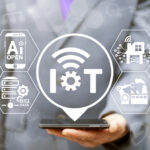In the ongoing COVID-19 crisis, common people realize the value of a well-built healthcare management system. For most COVID-19 patients, various complications like short breath or high fever have arisen or reappeared after discharge from the hospital. These short terms to long term health damaging side effects require high vigilance during this time.
And it is of high risk for a patient to return to a highly transmitted public zone. In this scenario, healthcare professionals turn into remote patient monitoring services, which have a vital role in coping with this pandemic.
What is Remote Patient Monitoring Technology?
A remote patient monitoring (RPM) system is a real-time tracking solution that helps the health-care providers taking care of patients with acute conditions and monitor them, enabling frequent office visits.
In the remote patient monitoring software, devices are digitally connected with the patient’s android system, which is used for checkups of vital health conditions like temperature, measurements of weight, level of glucose, pulmonary function, blood pressure, and other physiological changes for analyzing and displaying their data by the clinicians.
Wearable tools like thermometers and oximeters accumulate data automatically; others need manual input. There are several remote patient monitoring software platforms available in the market, which you can opt for regulating upcoming health problems if it occurs.

Benefits of Remote Patient Monitoring Services
As companies relating to telehealth keep innovating better pragmatic solutions, some added benefits are likely to come up in the coming years. According to recent studies, remote monitoring:
- Supports proactive care at patient’s home only
- Helps doctors detect instantly abnormal heart issues with the help of smart devices
- Helps to reduce readmission
- Alleviate the capacity for doctors to treat more patients
- Lessens the need for hospitalization and emergency visits or physical check-ups
- Elevating the quality of life of patients
- Give patients a sense of indemnity and a peaceful mind
- Better accession to healthcare facilities
- Uplifted care, attention, and investigation
- Improved health support, knowledge, and feedback
- Engaged patients grow a tendency to take care of their health
- Priceless assurance that professionals do watch over you and your well-being daily.
Significance of Remote Patient Monitoring Services (RPMS)
Patients are trying to avail shorter stay at the hospital throughout the world, fast recovery, cost-effective treatment, and raised quality of life post-treatment.
In recent times, healthcare support systems face unparalleled challenges to provide personalized care to patients while controlling accelerating demands on available resources.
With the advancement of the digital era and applying the latest technology, remote patient monitoring services can be a wise investment in chronic disease management from postoperative observance to healing.
On the positive side, during this continual COVID-19 pandemic, there is a noticeable reduction in inpatient arrival to the hospitals. And, it ultimately has reduced the direct social exposure to the virus.
In this situation, remote monitoring has proven advantageous to the other level. It provides customized information to the individual patients and can be regulated to a large patient scale with a reduced cost.
Here, an extensive opportunity is available, but at the same time, this needs a raised awareness among the people about the available tools and boosts its usage.
How to Construct Remote Patient Monitoring Software in the Healthcare?
Organizations should have considered many factors while launching a successful RPM program. Some of these steps are discussed below.
- Assemble all stakeholders: Gather all the departments to discuss developing an effective RPM guideline. Make a deep solicitation, get feedback on which health concerns to target, and utilize these verdicts as a guide.
- Mark your audience: It’s best to focus on the narrow side. Assess which group of patients or illnesses would immediately benefit from your RPM tools or will you first adopt it for short- or long-term care needs.
- Make a proper assessment of infrastructure: As the clinicians will have to deal with constant streaming of incoming data, powerful and uninterrupted wireless connection and high-class smartphones, tabs, laptops, and video conferencing software are required.
- Select the appropriate devices: Based on your target audience analysis and strategy, determine how you’ll impede the RPM system. Older and inexperienced patients may prefer pre-set-up devices convenient to use; younger people may be comfortable with a BYOD (Bring your device) approach.
- Provide training to all users: The clinical providers should be well versed and trained properly to administer, communicate properly and utilize the tools efficiently.
During the ongoing pandemic situation, remote monitoring is a blessing, especially for heart patients or older ones. Healthcare management system always wants their patients to be safe and secured. They take the latest technology to allow everything to flow smoothly, enabling patients to have a peaceful mind and good healthy life.








